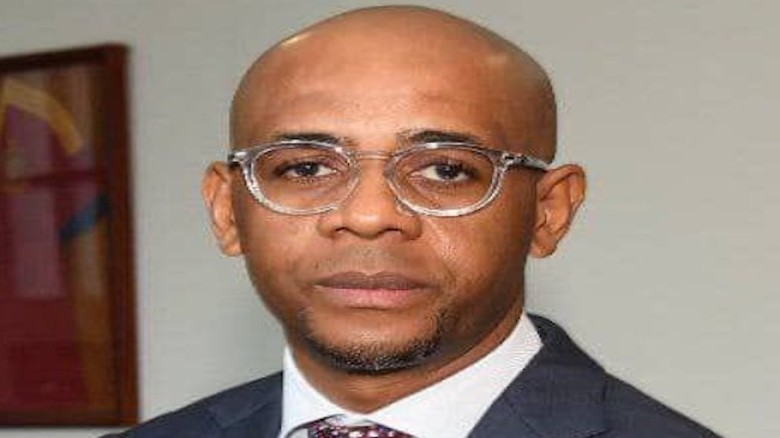NELFUND addresses concerns over southeast student’s loan exclusion
The Nigerian Education Loan Fund has addressed concerns about the lack of students from South-East institutions in its most recent loan disbursements.According to NELFUND, no higher education institutions in the South East have responded to its requests for student verification, which is required for loan processing.
In response to criticisms following the release of a list of the 19 beneficiary institutions, NELFUND clarified on X that geopolitical zones have no influence on the disbursement process. The agency stated, "NELFUND sent a verification list to every eligible institution, and payments are being made to those who responded." Unfortunately, no responses have been received from South-East institutions thus far. We encourage these institutions to complete the verification process so that their students can benefit.
According to the most recent update, NELFUND has provided loans totaling N2.9 billion to 27,667 students at 19 federal universities, polytechnics, and colleges of education, excluding any from the South-East region.
Furthermore, Mr. Akintunde Sawyerr, NELFUND's Managing Director/CEO, has urged Nigerian students to take advantage of the Student Loan Scheme, describing it as a ground-breaking initiative aimed at increasing access to higher education.
Addressing a Student Loan Sensitization Program in Port Harcourt, Sawyerr emphasized that the scheme covers tuition and living expenses, with repayment terms beginning two years after National Youth Service Corps completion, provided the graduate has found work or started a business.
Sawyerr acknowledged loan disbursement delays, but stated that these issues are being addressed to improve system efficiency. He advised students to make sure their applications were complete and accurate to avoid further delays.
The revised Student Loan Act of 2024 seeks to make education more accessible by eliminating financial barriers. The Act requires funding from a variety of sources, including government taxes, natural resource profits, education bonds, and contributions from individuals and organizations.
























Leave A Comment